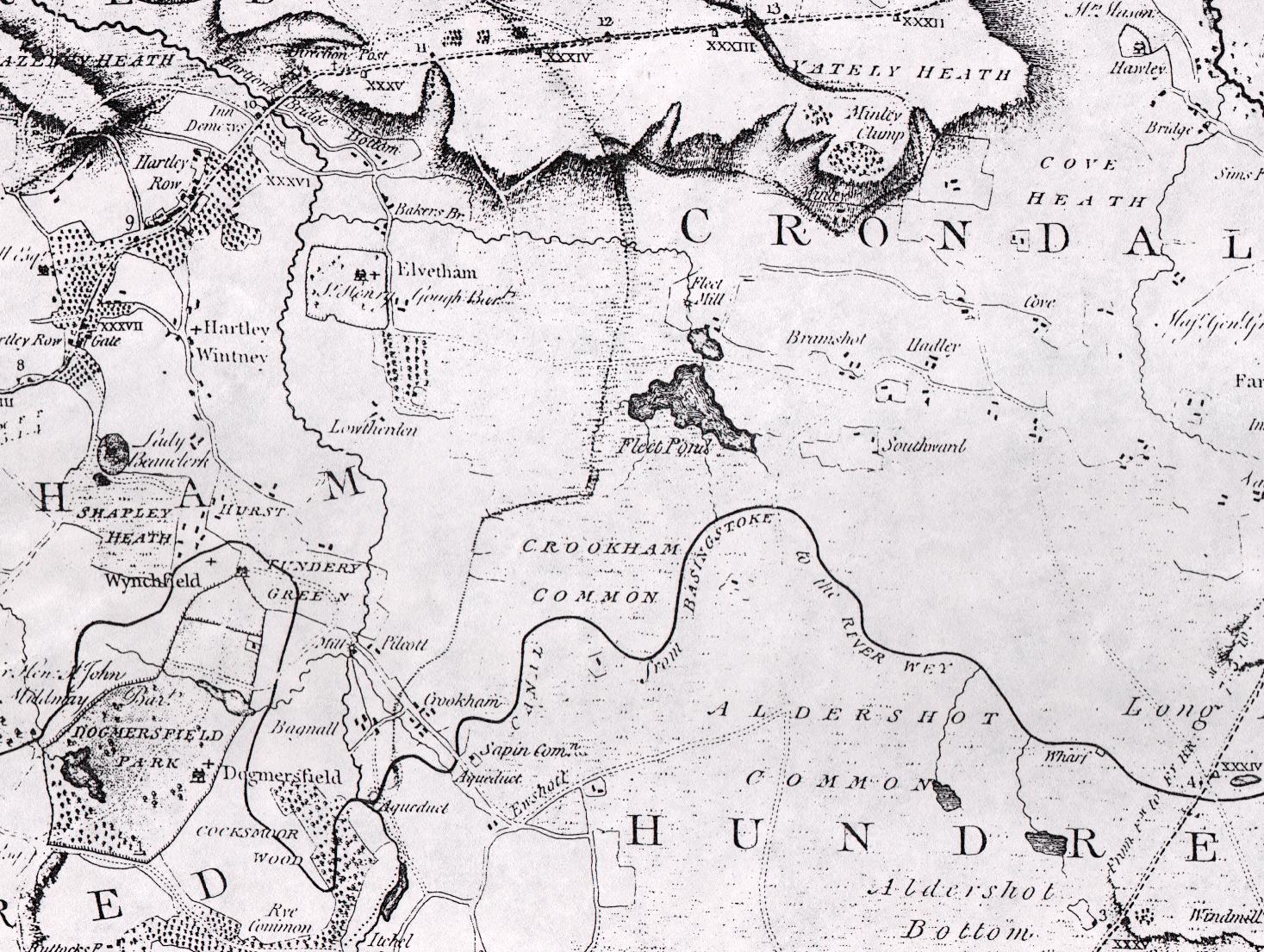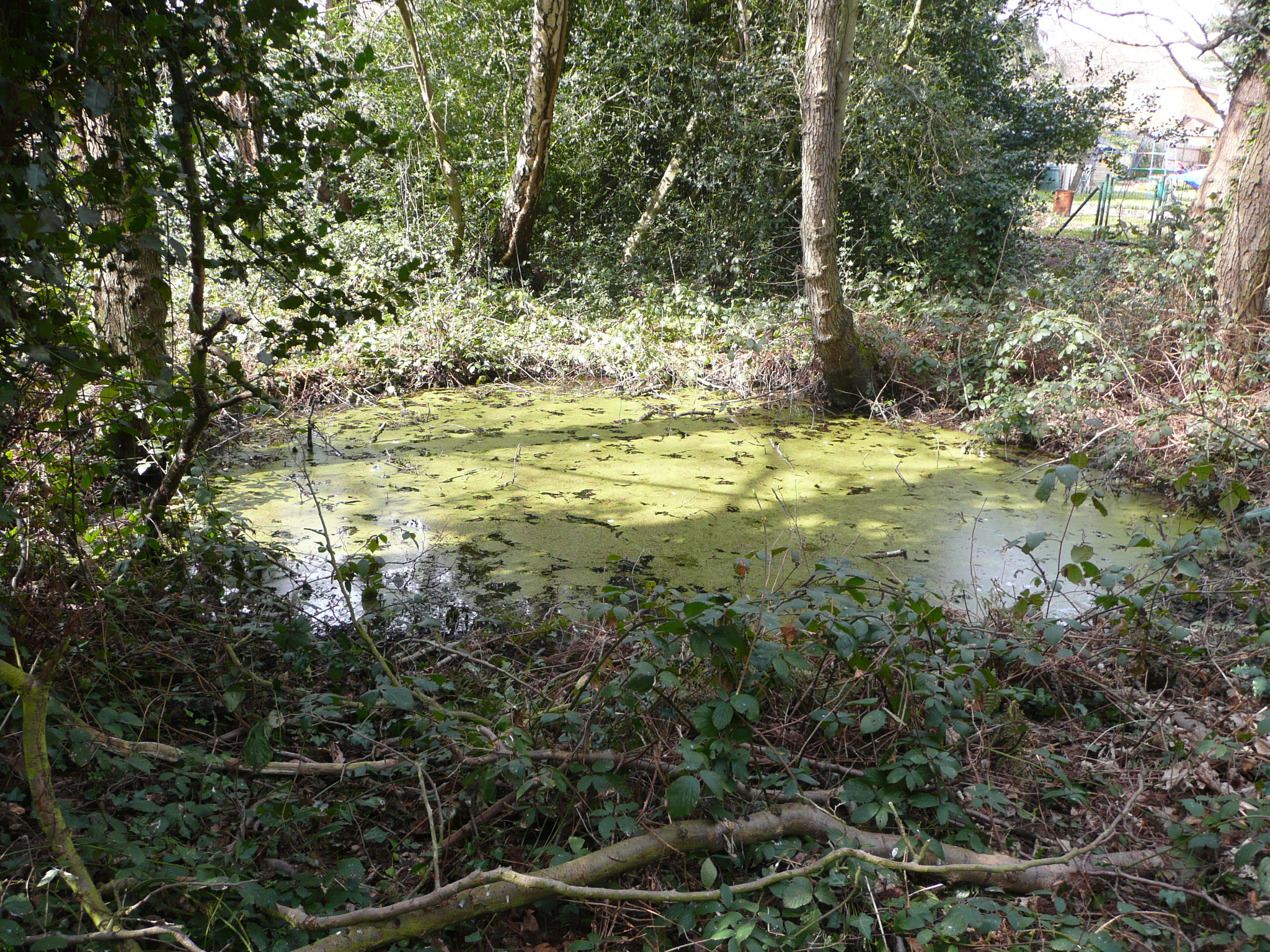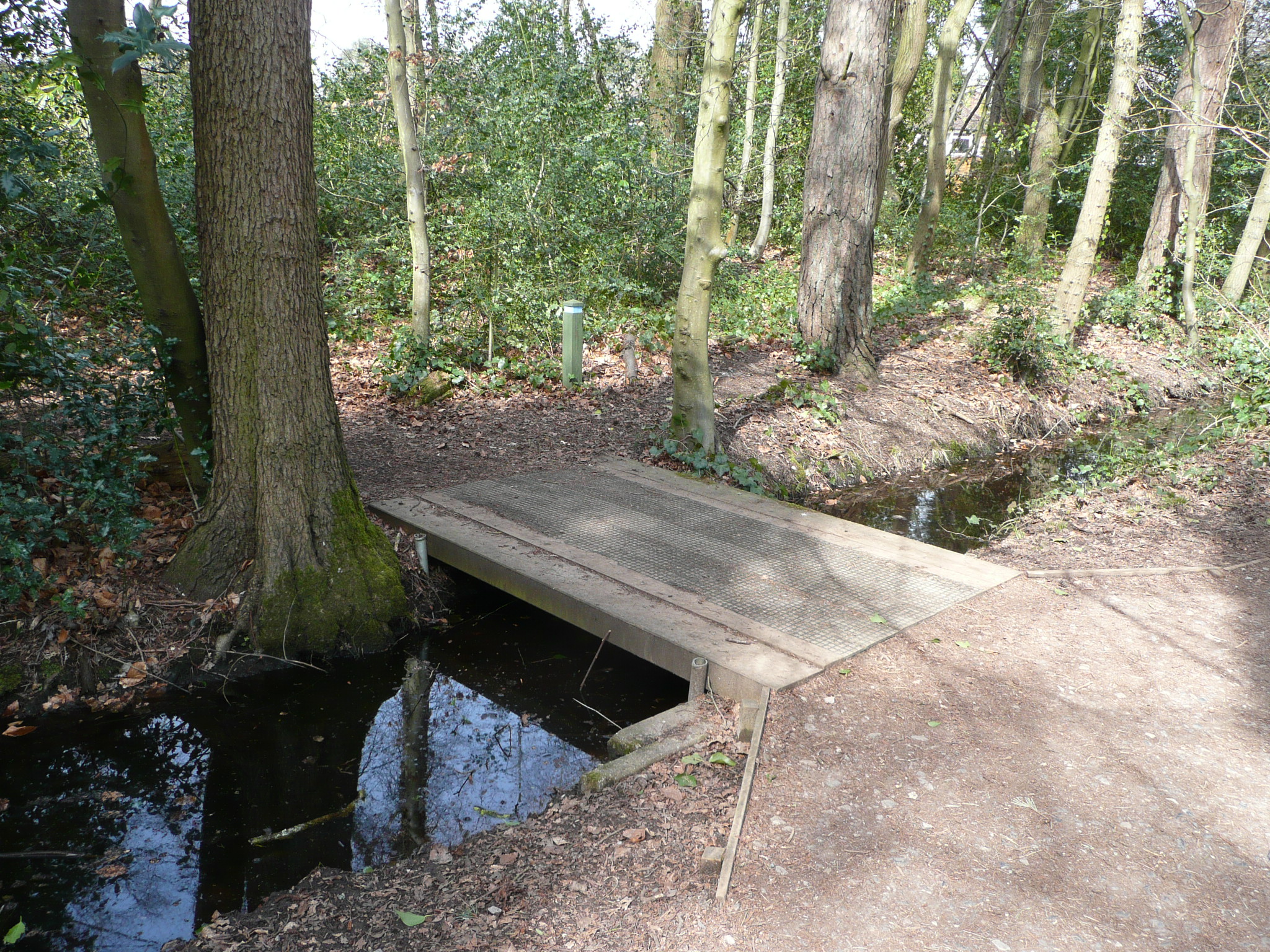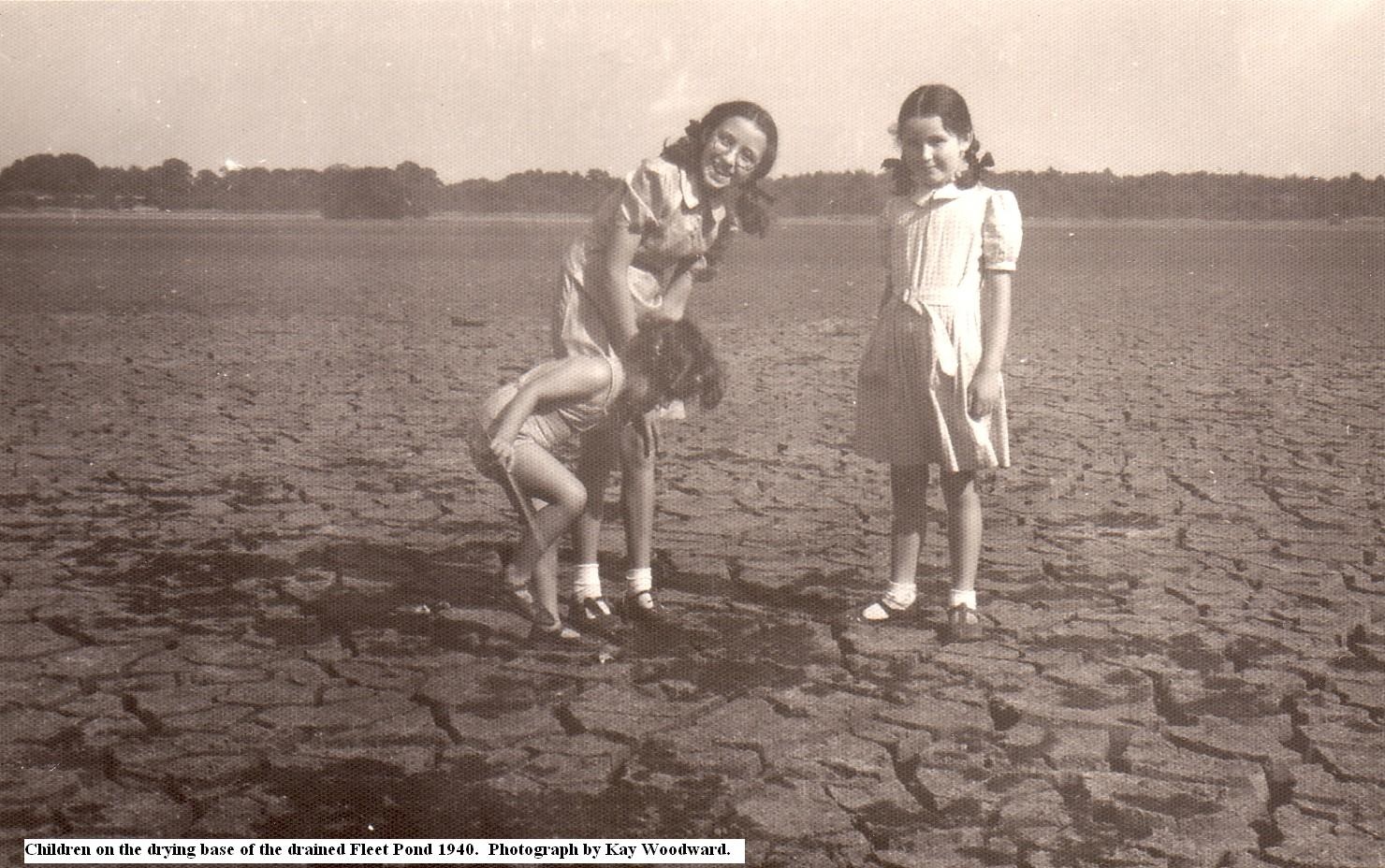
Michelle Salter writes:
Why is the pond a pond and not a lake?
The current definition of a pond is ‘an area of water smaller than a lake, often artificially made’. In mediaeval times, the term pond always referred to an artificially created body of water and a lake to a natural one. Although Fleet Pond may be larger than some lakes it is believed to be originally man-made, formed by damming an existing watercourse to build up a head of water.
Was there a second pond?
“The great fishery (of) Fleet Ponds” is referred to in the Rolls of Account of Crondall Manor in 1324, when there appears to have been a thriving fishery of considerable importance and two ponds. It has been conjectured that the combined surface area of the two ponds exceeded 200 acres.
Where was the second pond located?
There are two theories as to where the second pond was located. One places it to the north of the surviving pond, on what is now Ancells Park. The other suggests it was to the south in Pondtail, citing the name as evidence. However, this is unlikely as the Pondtail area does lie at the tail of the present Fleet Pond, which extended to Westover Road into the late 1930s.

Picture: Map of Area From 1791
What happened to the second pond?
A document dated 1567 records: “the head of which said pond is now by a great storm and fall of water, utterly broken and carried away”. A great deluge had apparently carried away the dam and necessary repairs would require “great expenses of money, waste of timber and other charges, to make a new head to maintain the said pond as it has been theretofore”. A licence was issued “to ditch and fence in, enclose and convert the said pond into meadow, pasture or otherwise”. Damage to the other pond is not recorded.
Who owned the ponds at this time?
All the land in which Fleet Pond now lies was once owned by the Bishopric of Winchester. It formed part of the Crondall Hundred gifted to the Bishopric by King Edgar in 973 AD. In 1491, the Prior at Winchester leased Fleet Ponds and pastures to a tenant at Fleet Farm, for an annual rent of “a hundred of the fishes, pike, tenches, perches, bream and roaches, to be carried and delivered (to Winchester) in a good and fresh state”. This was later amended to 23 shillings and 4 pence, no doubt due to the difficulty of carrying fresh fish in barrels on ox wagons all the way to Winchester. The leasing arrangement for Fleet Farm, pasture, fishery and ponds (the plural was never amended) continued for some 350 years.
If you have any questions regarding the history of Fleet Pond, please leave a comment below.
Cartoon credit: Colin Gray










